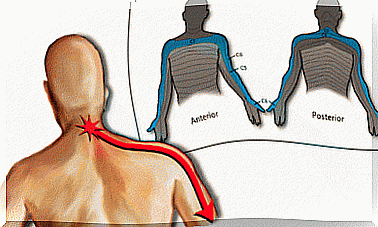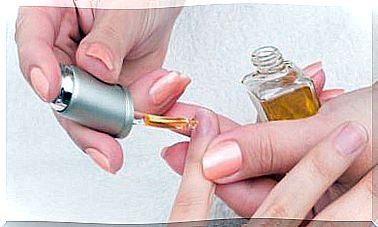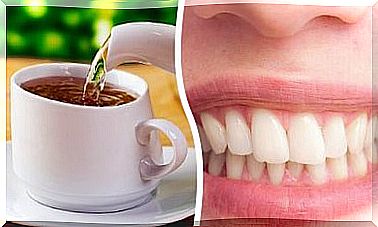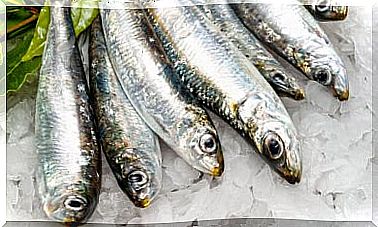Body Image And Social Pressure, How To Maintain Our Self-esteem?
In almost everyone’s life, there are usually two aspects to a certain type of conflict: body image and social pressure. That is, the social idea of beauty and our own physical appearance.
The second is the one that includes our own characteristics, largely determined by our genetic inheritance. The problem occurs when, in the environment in which we operate, we allow social pressure to affect our self-esteem, distorting our body image.
To maintain a healthy body image, we must understand certain social aspects and put some habits into practice. These will help us deal with the idea that we must see ourselves in a certain way to be accepted.
In any case, if we notice that our self-esteem is low, it is always a good idea to seek professional help that a psychologist can provide.
How does body image work on a psychosocial level?
When we talk about body image, we refer to the perception that a person has of their own body and its degree of beauty. This concept does not have to do with an exact measurement of weight, body proportions, eye color or hair. Rather, it has to do with an image, largely subjective, of how we see ourselves.
Thus, a person with a weight that is within the limits of what is considered healthy, can have a distorted body image. Hence, you may come to think that you are overweight when in reality it is not. It is in these cases when problems such as bulimia or anorexia can develop.
Although these last mentioned emotional problems are two extreme cases, in reality many people live with moderate problems of self-esteem that originate in a negative perception of their physical appearance to some degree.
We hear that the ideal of beauty is, for example, having arms with a certain thickness or tone, and when we allow ourselves to be influenced by it we begin to feel less attractive, and even less valuable.
It is important to bear in mind that body image factors are subject to change over time, from one society to another and even at different stages of our life.
For example, if we look at paintings by one of the famous seventeenth-century painters, we will see how the ideal of beauty required women to have wide thighs and hips. Even in the 50s of the 20th century, icons like Marilyn Monroe achieved success in the cinema showing a rather curvy figure compared to the current ideal of beauty.
On a personal level, there are stages of our life in which we think that we do not look as good as we should, something that generally happens in adolescence, but with the passage of time and with greater maturity we manage to accept and celebrate our physical appearance and our particular characteristics .
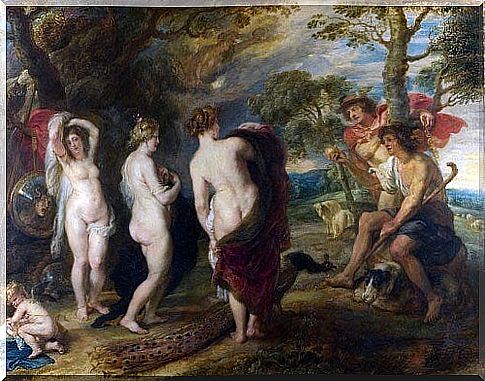
What can we do to keep our self-esteem high in the midst of this social demand?
Accept that there is no beauty , there are beauties .
Beauty can be found in different shapes, colors, and textures. There are as much curvy beauties as there are skinny beauties. There is straight hair that is beautiful, just as there is curly hair that is beautiful. There are also dark toned skins that are beautiful.
Just as there are skins of lighter and paler tones that are beautiful in themselves. Even Hollywood has assimilated and promoted this idea, and today we see how there are actors and actresses who are considered beautiful and beautiful, with different types of physical appearance.
Although in recent years the classical (Greco-Latin) ideal of beauty has been highly questioned, there are still many people who continue to cling to it.
However, we must understand that the physical and genetic makeup of each individual is different, and we cannot all assimilate to the same prototypical ideal. Also, where would the diversity be?
Surround yourself with an environment that promotes acceptance and not rejection of your body
Be a critical recipient of messages from the fashion, music, television, and film industries, keeping in mind that you don’t need to look exactly like the singer or actress you are introduced to. Likewise, it is very important that you pay attention to the friendships with whom you surround yourself.
A recent study conducted at Texas A&M University found that among Hispanic adolescent girls, it is friends or peer groups who produce more body image problems, more than television or other media.
Exercise and eat healthy
Remember to exercise within healthy environments, avoiding obsessive exercise regimens or with an undertone inspired by unrealistic aesthetic patterns. Also, eat healthy for the simple fact that you love yourself and want your body to stay healthy. Don’t do it because you look like someone else with different circumstances than yours.
Conclusions
We hope that you take these tips into account and that you know how to defend yourself every time someone makes a comment about you or someone else. Specifically, when they promote messages that affect your body image or someone else’s. Learn to respond to these ideas so widespread in our society with respect and firmness. Remember that your ideal of beauty must be centered on you, you must be your own ideal of beauty.
And remember that what we explain here are only tips and recommendations that may or may not be useful. In any case, if you feel sad and / or down and you think you need help, it is best to see a mental health professional.

